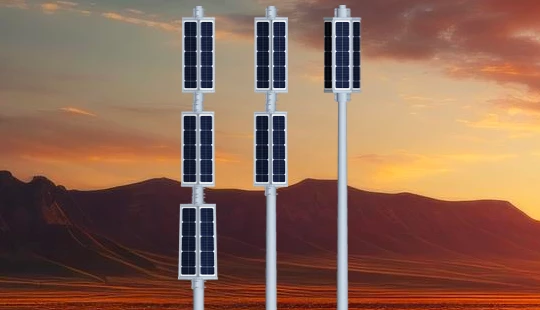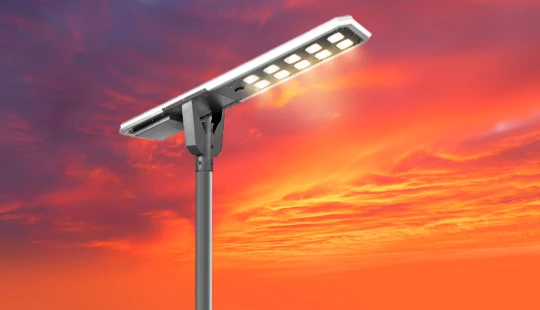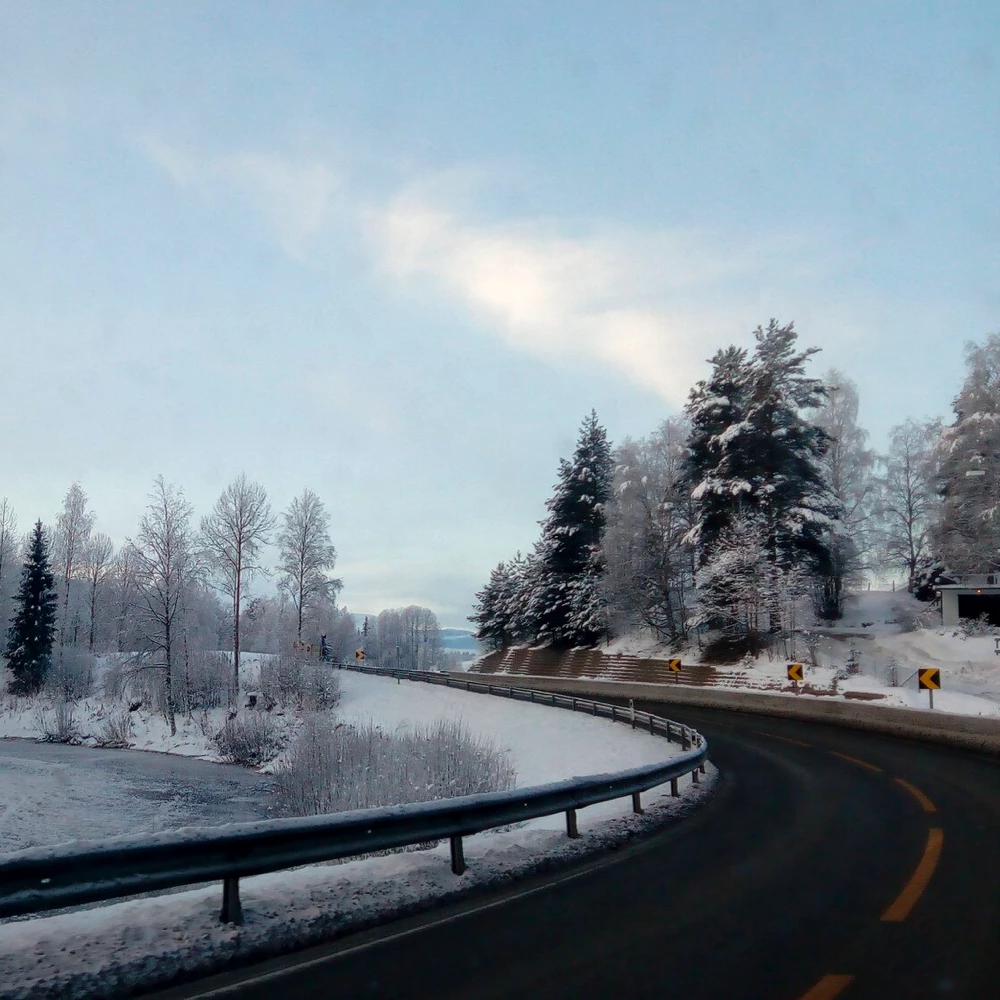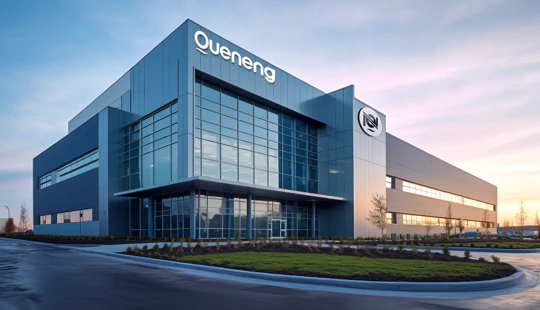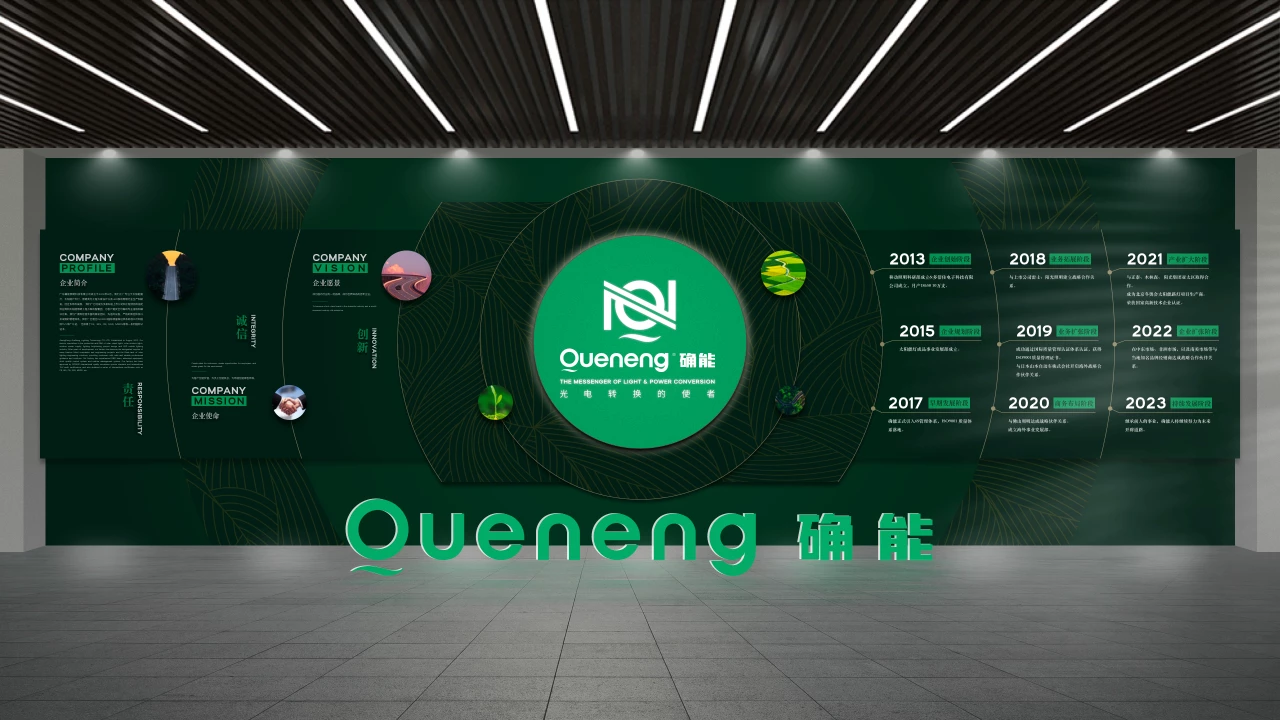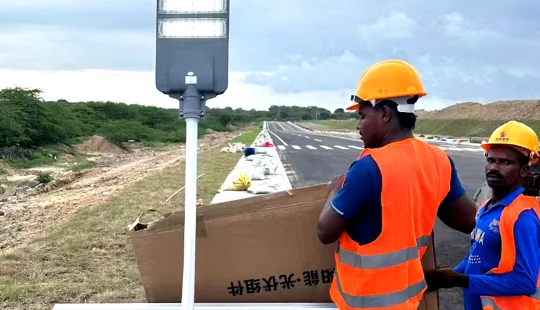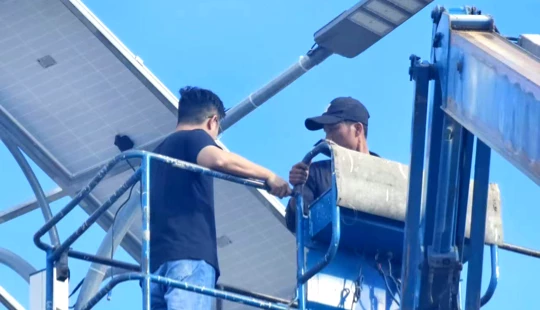anti-corrosion coating for outdoor solar poles | Quenenglighting Expert Guide
Ensuring Durability: Essential Anti-Corrosion Coatings for Outdoor Solar Poles
1. What are the Most Effective Anti-Corrosion Coatings for Outdoor Solar Poles?
Selecting the right anti-corrosion coating is paramount for the longevity and performance of outdoor solar poles. The primary options offering robust protection are:
- Hot-Dip Galvanizing (HDG): This is widely considered the industry standard. Steel poles are immersed in molten zinc, creating a metallurgical bond. The zinc layer provides both barrier protection and cathodic (sacrificial) protection, meaning it corrodes preferentially to the steel. HDG adheres to standards like ASTM A123, offering exceptional long-term defense against rust.
- Powder Coating: Applied as a dry powder that is then cured under heat to form a hard finish. While it provides excellent aesthetic appeal (available in various colors) and good barrier protection, it is often best used in conjunction with galvanizing. Polyester and polyurethane powders are common for outdoor applications due to their UV resistance and durability.
- Duplex Systems (Hot-Dip Galvanizing + Powder Coating): This combination offers a synergistic effect, providing superior protection far exceeding either system alone. The powder coat protects the zinc layer from atmospheric elements, slowing its corrosion rate, while the underlying zinc provides cathodic protection if the powder coat is scratched. This system is ideal for the harshest environments.
2. How Long Do These Anti-Corrosion Coatings Typically Last in Outdoor Environments?
The lifespan of anti-corrosion coatings varies significantly based on the type of coating, application quality, and the specific environmental conditions (e.g., humidity, salinity, pollution, UV exposure).
- Hot-Dip Galvanizing: In a mild rural environment, HDG can provide protection for 50 years or more. In typical urban or industrial settings, the lifespan is often 20-30 years. In highly corrosive coastal or heavy industrial environments, it might range from 10-20 years, depending on the zinc coating thickness.
- Powder Coating (standalone): When applied directly to steel, a good quality powder coat can last 10-20 years before significant fading or breakdown, though its primary protection is a barrier, making it vulnerable if scratched.
- Duplex Systems: Due to the synergistic effect, a duplex system can extend the lifespan significantly, often 1.5 to 2.5 times the sum of the individual coating lives. This means lifespans of 40-70+ years are achievable even in challenging environments, making them highly cost-effective over the pole's lifecycle.
3. What Key Factors Should Be Considered When Selecting a Coating for Specific Environments?
Choosing the optimal coating requires a thorough assessment of the installation environment:
- Environmental Corrosivity Category: International standard ISO 12944 classifies environments from C1 (very low) to C5 (very high) and CX (extreme). For example, C4 (industrial/coastal) and C5 (very high industrial/coastal offshore) typically demand duplex systems, while C3 (urban/industrial) might be sufficiently protected by HDG alone or a good standalone powder coat.
- UV Exposure: Areas with intense sunlight require powder coatings with excellent UV resistance to prevent chalking, fading, and degradation.
- Mechanical Damage Risk: Poles in areas prone to impacts (e.g., traffic routes) benefit from the robust, self-healing properties of HDG, and the added layer of a duplex system offers enhanced physical protection.
- Aesthetics: If the pole needs to match a specific architectural design or blend into the landscape, powder coating offers a wide range of colors and finishes.
- Temperature Extremes: Coatings must withstand the full range of ambient temperatures without cracking or delaminating.
4. What are the Cost Implications of Different Anti-Corrosion Treatments?
While initial cost is a factor, evaluating the lifecycle cost is crucial for long-term investments like solar poles:
- Initial Cost: Hot-dip galvanizing is generally a very cost-effective base protection. Powder coating alone can be comparable or slightly higher. Duplex systems have the highest initial cost due to the two-step application process.
- Lifecycle Cost: This is where the true value emerges. Despite a higher initial outlay, duplex systems often offer the lowest lifecycle cost in corrosive environments. Their extended lifespan significantly reduces future maintenance, repair, or replacement expenses, which can be substantial for outdoor infrastructure. For example, replacing a pole prematurely due to corrosion can far outweigh the initial savings on a cheaper coating. Considering the 25-year operational life often expected of solar lighting systems, investing in superior corrosion protection upfront is a sound economic decision.
5. What Maintenance is Required for Coated Solar Poles to Ensure Longevity?
Even with advanced coatings, some level of periodic inspection and minor maintenance can further extend the lifespan of solar poles:
- Regular Inspection: Conduct annual or bi-annual visual inspections. Look for signs of mechanical damage (scratches, dents), blistering, peeling, or significant discoloration. Pay particular attention to the base of the pole where it meets the ground, as this area is often subject to moisture and wear.
- Minor Damage Repair: For small scratches or localized damage on powder-coated surfaces, specific touch-up paints are available from manufacturers. For minor breaks in galvanized coatings, zinc-rich paints can be applied to re-establish localized cathodic protection. Timely repairs prevent minor damage from escalating into larger corrosion issues.
- Cleaning: In highly polluted or coastal environments, periodic cleaning of the pole surface can remove accumulated dirt, salt, or industrial fallout that might accelerate localized corrosion. Use mild detergents and avoid abrasive cleaners.
- Avoid Harsh Chemicals: Ensure that no harsh cleaning agents, solvents, or chemicals come into contact with the coated surface, as these can degrade the coating.
Quenenglighting excels in providing solar poles with superior anti-corrosion treatments, ensuring maximum durability and performance in any environment. We prioritize hot-dip galvanizing and advanced duplex coating systems, adhering to international standards like ASTM A123 and ISO 12944. Our commitment to quality means your investment in solar lighting infrastructure is protected for decades, minimizing lifecycle costs and maintenance. Choose Quenenglighting for reliable, long-lasting solar pole solutions engineered to withstand the elements.

Have more questions about our products or services?
The latest hot news you might like

Discover how solar panels power street lights, exploring the technology behind solar energy conversion, storage systems, and how solar-powered street lights are revolutionizing urban and rural lighting solutions.

Learn how AC Solar Hybrid Street Lights work, their advantages, disadvantages, system behavior in low-sunlight conditions, and why hybrid technology is ideal for regions with unstable sunlight.

Municipalities around the world are increasingly adopting solar-powered streetlights as part of their urban development strategies. Rising energy costs, the need for sustainable infrastructure, and government green initiatives are driving cities to switch from traditional street lighting to advanced LED solar streetlights.
Queneng Lighting provides municipalities with cost-effective, energy-efficient, and durable solar lighting solutions, ensuring safe and sustainable public spaces.
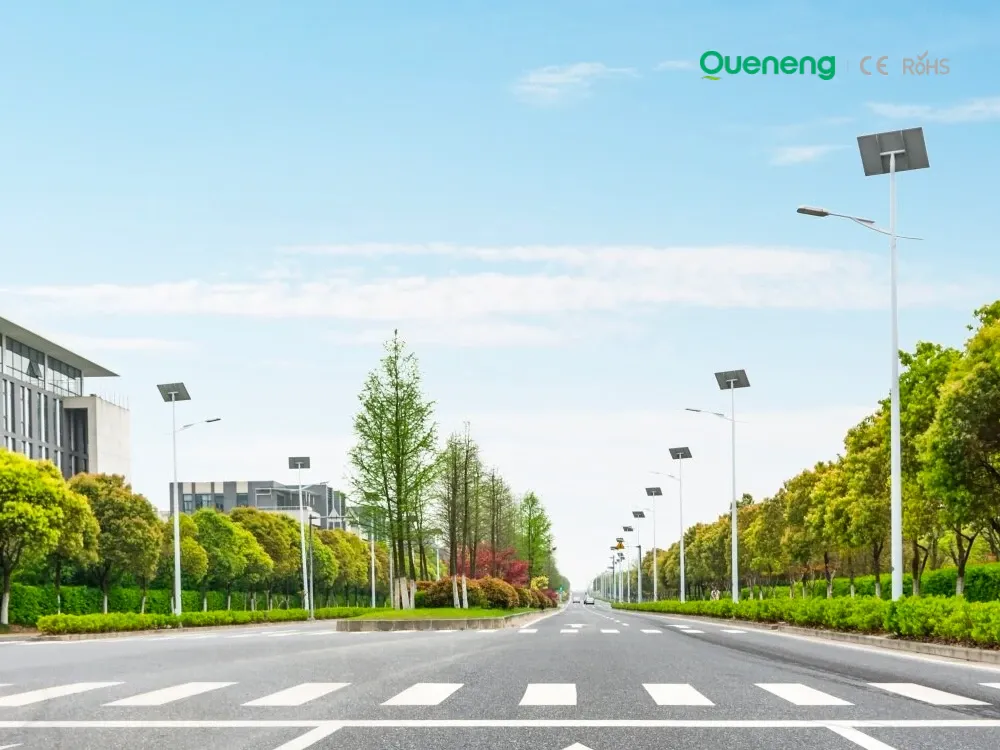
In recent years, the purchase of solar streetlights for municipalities has become a growing trend across the globe. Local governments are under pressure to reduce public expenditure, promote green energy, and create safer communities. Solar streetlights provide a reliable, cost-effective, and sustainable solution that meets these needs. Queneng Lighting, as a leading solar street lighting manufacturer, has supported multiple municipal projects worldwide with customized and energy-efficient solutions.
FAQ
Schools and Educational Institutions
Do the solar lights come with a timer or automatic on/off function?
Yes, many of our solar lighting systems come with built-in timers or automatic sensors, allowing them to turn on at dusk and off at dawn, or based on a set schedule.
Solar Street Light Luyan
How do Luyan solar street lights reduce environmental impact?
Luyan solar street lights are an eco-friendly lighting solution because they use solar power, a renewable energy source, to generate electricity. By relying on solar energy, they eliminate the need for grid electricity, helping to reduce carbon emissions and decrease the overall carbon footprint. Additionally, the energy-efficient LED lights consume less power, ensuring that the system uses minimal energy while providing bright, reliable illumination.
Battery Performance and Testing
What is a 24-hour self-discharge test?
Solar Street Light Luyi
What are the key features of Luyi solar street lights?
Luyi solar street lights feature advanced LED technology paired with high-efficiency solar panels. They offer bright, reliable illumination while consuming minimal energy. The lights are designed with durable materials to withstand harsh outdoor conditions and come equipped with motion sensors, adaptive brightness control, and smart monitoring capabilities for enhanced energy savings.
Battery and Analysis
What are the possible reasons for the short discharge time of batteries and battery packs?
2) The discharge current is too large, which reduces the discharge efficiency and shortens the discharge time;
3) When the battery is discharging, the ambient temperature is too low and the discharge efficiency decreases;
Battery fundamentals and basic terms
What is the residual discharge capacity of a battery?


Queneng's Luzhou Solar Street Light provides sustainable, energy-efficient outdoor LED lighting. Powered by solar energy, it's a cost-effective and eco-friendly solution for illuminating streets and pathways. A reliable and durable LED solar street light.

Queneng’s Solar Street Lights are designed to provide reliable, energy-efficient lighting for streets, parks, and other outdoor spaces.

Experience reliable outdoor illumination with our smart solar street light, a perfect combination of advanced technology and eco-conscious design.

Queneng's Luqiu Innovative Solar Street Light offers energy-saving, durable outdoor lighting. This solar power street light provides a reliable and eco-friendly solution for illuminating your streets and pathways.

Queneng's Luxian Reliable Solar Street Light offers energy-saving LED lighting for outdoor use. This durable, solar-powered street light provides reliable illumination, reducing energy costs and environmental impact. A perfect solution for sustainable outdoor lighting.
If you would like more information about Queneng solar lighting solutions, please send us a message by filling out the form below. Our professional team will get back to you within 24 hours!
Rest assured that your privacy is important to us, and all information provided will be handled with the utmost confidentiality.
Schedule a Meeting

Book a date and time that is convenient for you and conduct the session in advance.
Have more questions about our products or services?

